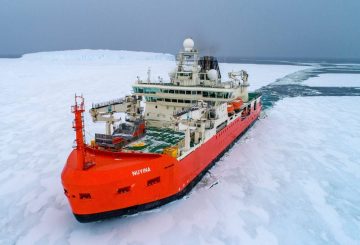로토루아 시의 지열 자원을 지속 가능하게 관리하기 위한 계획이 승인되었습니다.로토루아 지열 시스템 관리 계획은 도시 지열 시스템 관리를 감독하는 지역위원회의 정책이다.또한 올해 말에 지역 천연자원 계획 및 로토루아 지열 지역 계획의 변경 사항을 안내할 예정이다.
이러한 변경은 로토루아의 지열 자원을 어떻게 사용해야 하는지를 명확히 하기 위한 정기 검토 프로세스의 일부입니다.나무타 포우타시 (Namouta Poutasi) 지역위원회 전략 및 과학 총책임자는 지열 자원이 로토루아의 환경, 문화, 사회, 경제에 필수적이므로 세심한 모니터링과 관리가 필요하다고 말했다.
이 계획에는 현재 건강하지만 취약하고 사용, 기후 및 물 추출의 영향을 받기 쉬운 지열 시스템을 보호하는 방법이 요약되어 있습니다.또한 온천, 머드 풀, 간헐천과 같은 독특한 특징을 보존하는 것을 목표로 합니다.
이 계획은 지역 사회의 의견과 Te Ahi Kā Roa Rōpū라는 실무 그룹의 설립을 바탕으로 5년에 걸쳐 개발되었습니다.다양한 지역 대표로 구성된 이 그룹은 지역 위원회와 협력하여 계획 개발을 진행했습니다.
이 계획은 2023년 말부터 2024년 초까지 광범위한 피드백을 받을 수 있도록 최종 확정 및 발표되었습니다.26건의 제출물이 접수되었으며, 9명의 개인과 단체가 청문회 패널에 제출물을 발표했습니다.패널은 계획의 전반적인 접근 방식과 지열 시스템 보호의 필요성에 동의했습니다.
계획 승인에 따라 지역 협의회는 이제 계획을 시행하고 지역 천연자원 계획 및 로토루아 지열 지역 계획의 초안 변경에 대해 협의하는 데 집중할 예정이다.이 내용은 2025년에 공식적인 계획 변경 통지 절차가 진행되기 전인 2024년 후반에 협의될 예정입니다.





























































